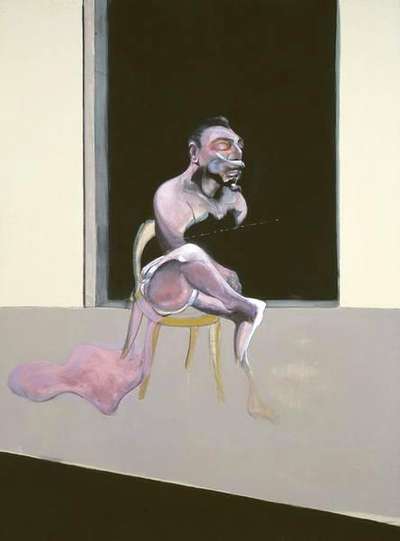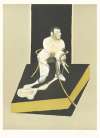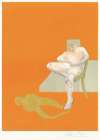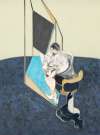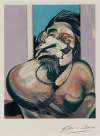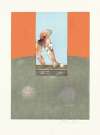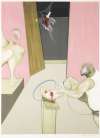Triptych
August 1972
This collection of prints takes after Francis Bacon’s Triptych August 1972. A standout example of the artist’s ‘Black Triptychs’, they are lucid with gruesome and disturbing detail. Bacon emphasizes the fleshiness of the body, haunted by death in the light of the recent suicide of his ex-lover George Dyer.
Francis Bacon Triptych August 1972 for sale
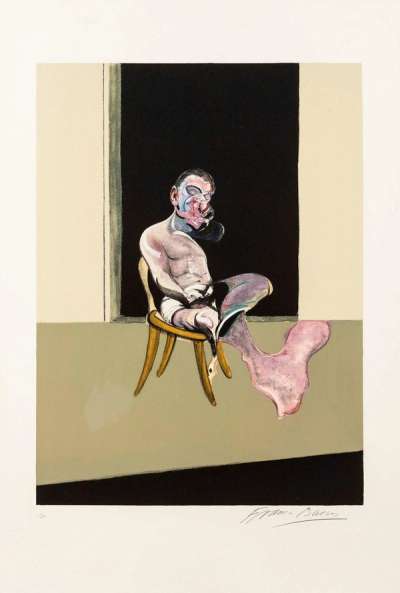
£7,000-£10,500Value Indicator
$13,500-$20,000 Value Indicator
$12,000-$18,000 Value Indicator
¥60,000-¥100,000 Value Indicator
€8,000-€12,500 Value Indicator
$70,000-$110,000 Value Indicator
¥1,320,000-¥1,980,000 Value Indicator
$9,000-$13,500 Value Indicator
TradingFloor
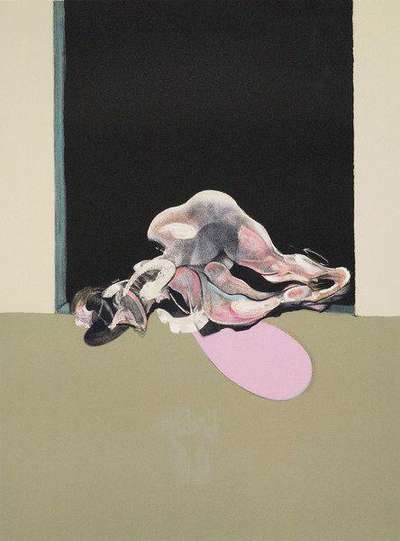
£6,500-£10,000Value Indicator
$12,500-$19,000 Value Indicator
$11,000-$17,000 Value Indicator
¥60,000-¥90,000 Value Indicator
€7,500-€11,500 Value Indicator
$70,000-$100,000 Value Indicator
¥1,230,000-¥1,890,000 Value Indicator
$8,500-$13,000 Value Indicator
TradingFloor
Sell Your Art
with Us
with Us
Join Our Network of Collectors. Buy, Sell and Track Demand
Meaning & Analysis
This collection of prints is concerned with one of Francis Bacon’s most important, most shocking, and most well-known works: Triptych August 1972 (1972). A standout example of the artist’s so-called ‘Black Triptychs’, Triptych August 1972 was painted in the year following the death of George Dyer, Bacon’s onetime lover and muse. In this collection, the painting is illuminated in all its morbid, gruesome, and disturbing detail, with each of its constituent prints allowing privileged insight into the textures, gestures, and traces that make up its iconic, tri-partite surface.
In Triptych August 1972 (left panel), Dyer is sat on a chair, framed by a dark, rectangular section of paint. This ‘void’ is a recurrent motif in Bacon’s paintings from the early 1970s, and signals the fast approach of death and destruction. In Triptych August 1972 (right panel), we see Bacon himself, sat in a similar pose and surrounded by the same black square. The artist’s slumped, unconscious presence mirrors that of his former lover, with a pink section of paint seeping from his body suggesting his slow disintegration and the gradual approach of fate – a classical theme Bacon would tackle at length in the 1981 painting, Triptych Inspired By The Oresteia. In Triptych August 1972 (centre panel), the piece assumes an altogether more carnal and sexual appearance. Borrowing its composition from a photograph by pioneer of the motion-picture, Eadweard Muybridge, the central panel comprises a ghostly amalgam of coagulated human — and abstract — forms. Many have interpreted this as a figuration of death itself, which leaves no opening for a beginning, only an end.
Dyer died in a Paris hotel room on the eve of Bacon’s major retrospective at the city’s Grand Palais. As such, this collection highlights what was a defining moment of his artistic career and personal life. Despite its visible pre-occupation with Dyer, and Bacon’s turbulent relationship with him, however, the looming thematic presence of death references another tragedy, which occurred in the same year. Very soon after Dyer’s death in 1971, Bacon’s friend and associate John Deakin, a professional photographer, lifelong alcoholic, and patron of Soho’s Colony Club Room, became gravely ill. Returning to London from Paris to have a lung removed, Deakin installed himself in a Brighton bedsit to convalesce; one night, against all medical advice, Deakin left his room and went out to drink. He died the following day; Bacon was named as Deakin’s only next-of-kin and was tasked with identifying his body.
